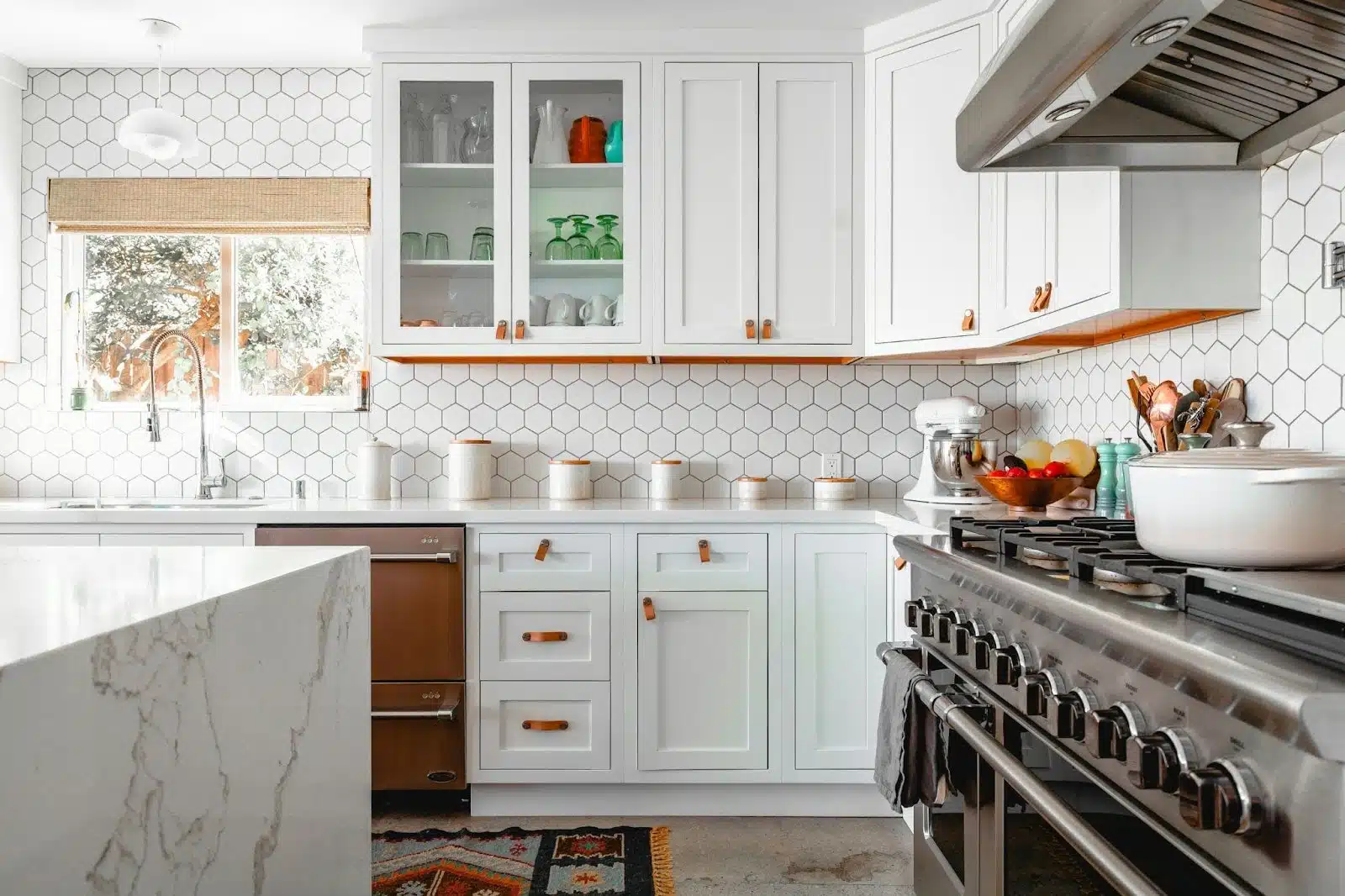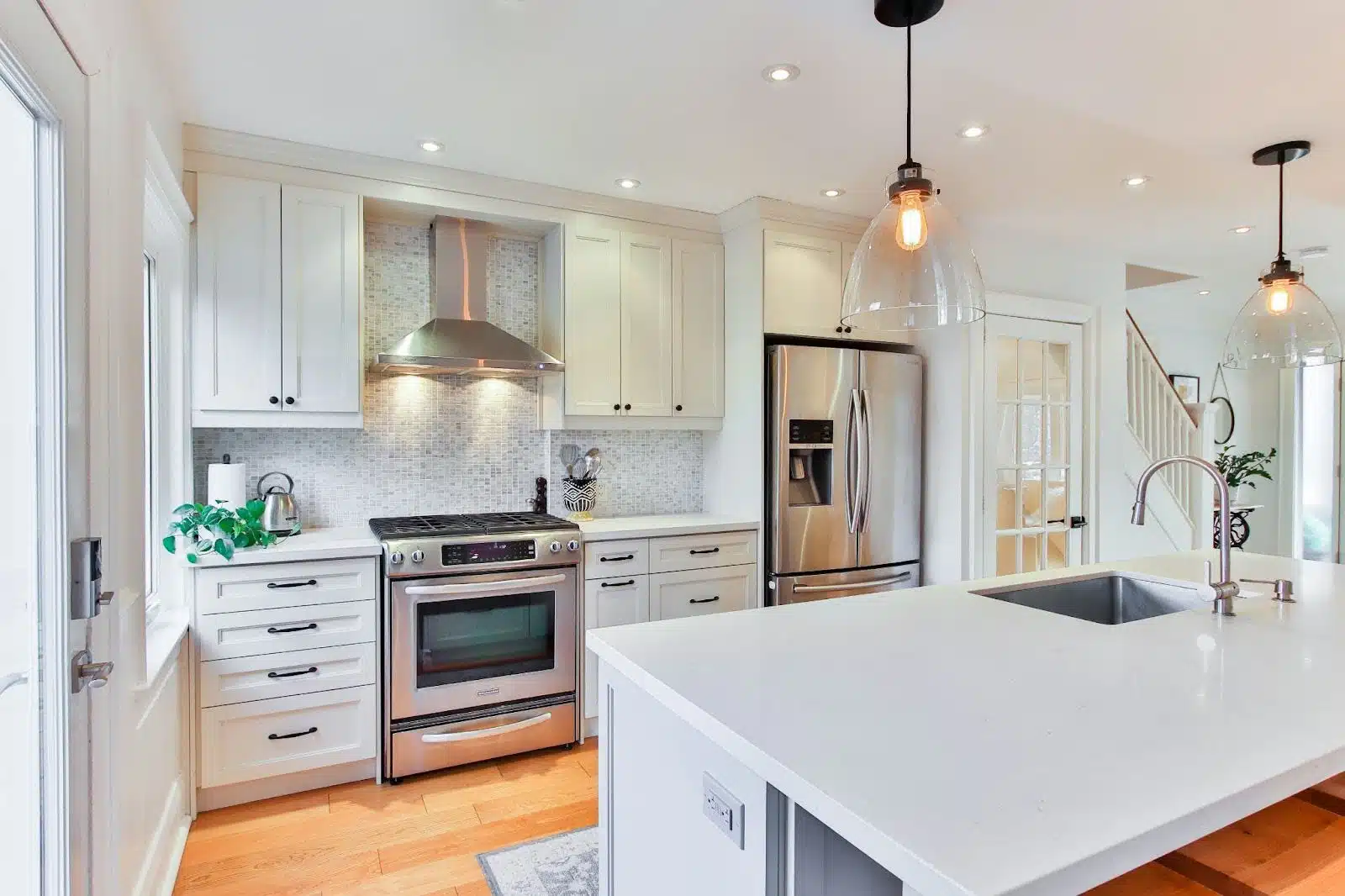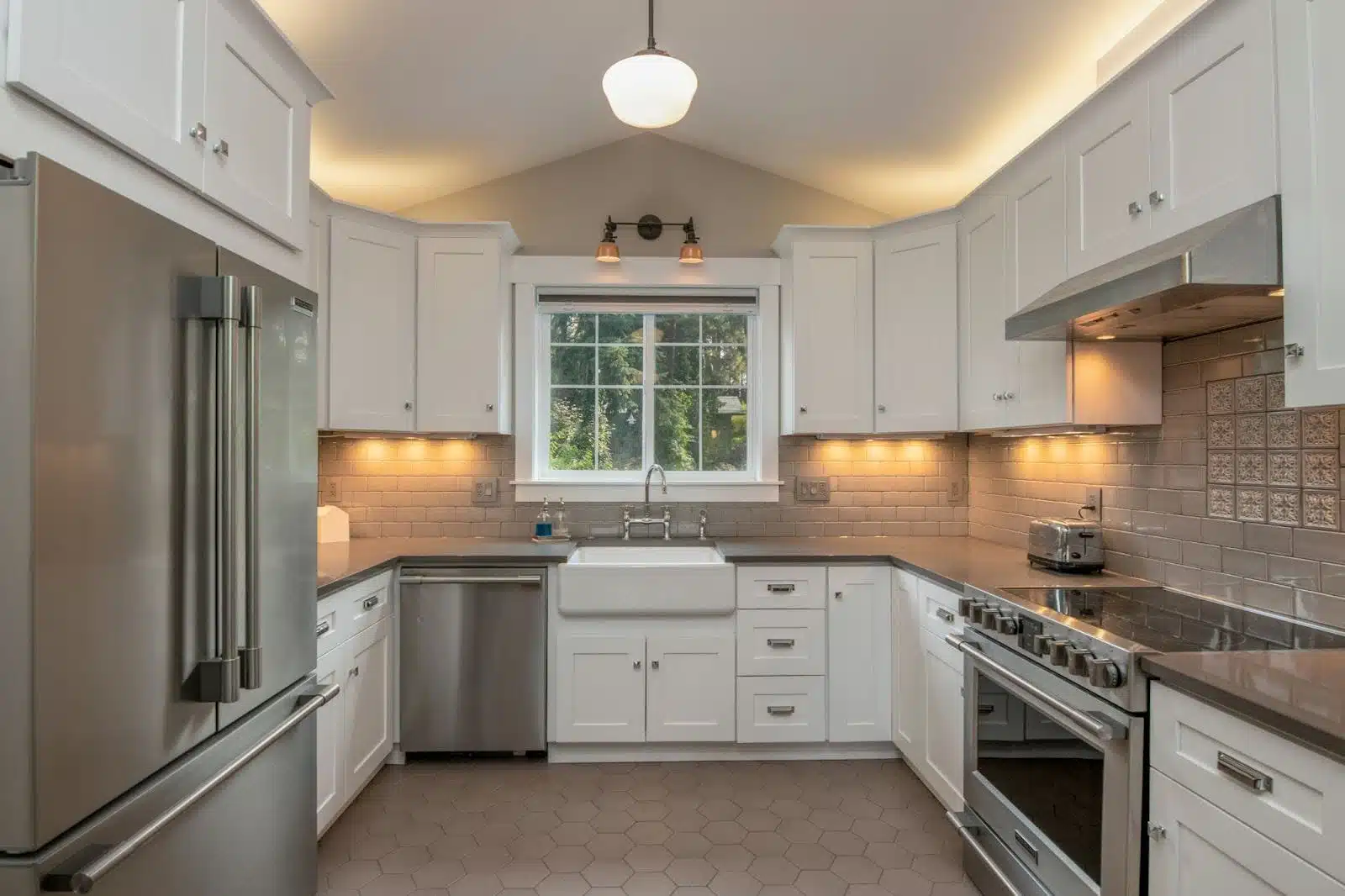
Kitchen Design Essentials: The Do’s and Don’ts
In the world of home design, a well-designed kitchen can make all the difference.
A kitchen that is thoughtfully laid out and incorporates the right elements not only enhances the functionality of the space but also elevates its overall aesthetics.
If you’re considering a kitchen remodel or are in the process of designing a new kitchen, it’s important to understand the do’s and don’ts of kitchen design to ensure a successful result.
McManus Kitchen and Bath is a full service remodeling company with an in-house design team and showroom right here in Tallahassee, FL.
We firmly believe people are happier and healthier when they have a well designed home that is attractive, easy to care for and that makes their daily routines more enjoyable.
If you’re ready to invest in your home and want to work with a company that pays attention to details and provides excellent customer service, schedule a discovery call.
Key Takeaways
- One of the most important aspects of kitchen design is choosing the right layout.
- Color plays a significant role in kitchen design. When selecting a color scheme, it’s important to consider factors such as the size of the kitchen, the amount of natural light, and the desired mood.
- Lighting is often an overlooked aspect of kitchen design.
- Designating separate areas for food prep, cooking, and cleanup can streamline the cooking process and make the kitchen more user-friendly for multiple people working simultaneously.
Understanding the Basics of Kitchen Design
The Importance of a Well-Designed Kitchen
A well-designed kitchen is the heart of any home. It is where meals are prepared, memories are made, and gatherings with friends and family take place. A kitchen that is functional, efficient, and visually appealing can greatly enhance both the livability and value of a home.
Furthermore, a well-designed kitchen can also improve the overall flow and functionality of a home. By optimizing the layout and incorporating smart storage solutions, a kitchen can become a hub of activity that enhances daily routines and promotes a sense of organization and efficiency.
Key Elements in Kitchen Design
When designing a kitchen, several key elements need to be considered. These include the layout, color scheme, and storage solutions. Each element plays a crucial role in creating a kitchen that is both practical and visually pleasing.
The layout of a kitchen is essential in determining how efficiently the space can be used. Factors such as the work triangle, which connects the stove, sink, and refrigerator, are crucial in ensuring a smooth workflow. Additionally, the color scheme chosen for a kitchen can greatly impact the overall atmosphere of the space. Warm tones can create a cozy and inviting feel, while cool tones can evoke a sense of calm and sophistication. Additionally, storage solutions such as pull-out pantry shelves, drawer organizers, and overhead cabinets can maximize space and keep the kitchen clutter-free.
Related Post: How Much Does A Kitchen Design Cost?
Kitchen design is an important aspect of creating your dream kitchen. However, many homeowners are unsure about the costs associated with hiring a designer.
The Do’s in Kitchen Design
Choosing the Right Layout
One of the most important aspects of kitchen design is choosing the right layout. The layout should be based on the needs and preferences of the homeowner, taking into consideration factors such as workflow, space constraints, and the overall style of the kitchen. Popular layouts include the U-shaped, L-shaped, and galley layouts.
When deciding on the layout of your kitchen, it’s crucial to think about how you use the space daily. For example, if you love to entertain guests while cooking, an open-concept layout with a kitchen island might be the perfect choice. On the other hand, if you prefer a more streamlined and efficient workspace, a galley layout could be more suitable. Ultimately, the right layout will not only enhance the functionality of your kitchen but also contribute to its aesthetic appeal.
Selecting the Perfect Color Scheme
Color plays a significant role in kitchen design. When selecting a color scheme, it’s important to consider factors such as the size of the kitchen, the amount of natural light, and the desired mood. Neutral colors such as white, gray, and beige are timeless options, while bold colors can add a pop of personality.
Don’t be afraid to experiment with color in your kitchen design. If you have a small kitchen with limited natural light, opting for light colors can help create a sense of openness and airiness. On the other hand, if you have a large kitchen with plenty of natural light, bold and vibrant colors can make a striking statement. Remember, the color scheme you choose can set the tone for the entire space, so take the time to explore different options before making a decision.

Incorporating Functional Storage Solutions
Storage is another essential element of kitchen design. Cleverly incorporating functional storage solutions not only helps keep the kitchen organized but also maximizes the use of space. Some examples of effective storage solutions include pull-out cabinets, deep drawers, and hanging racks.
When it comes to storage in the kitchen, think beyond traditional cabinets and drawers. Consider incorporating pull-out pantry shelves for easy access to dry goods, or installing a pegboard on the wall for hanging pots, pans, and utensils. By thinking creatively about storage solutions, you can ensure that every inch of your kitchen is utilized efficiently, making meal preparation and cooking a breeze.
The Don’ts in Kitchen Design
Avoiding Common Design Mistakes
When designing a kitchen, it’s important to avoid common design mistakes that can negatively impact both the functionality and aesthetics of the space. This includes overcrowding the kitchen with unnecessary elements, neglecting proper ventilation, and failing to consider the needs of all users.
One common mistake to avoid is overlooking the importance of storage. Adequate storage solutions are essential in a kitchen to keep the space organized and clutter-free. Incorporating cabinets, drawers, and pantry space can help maximize storage capacity and keep essential items within easy reach.
Overlooking the Importance of Lighting
Lighting is often an overlooked aspect of kitchen design. It is essential to ensure that there is adequate lighting both for food preparation and general illumination. A combination of ambient, task, and accent lighting can create a well-lit and inviting space.
In addition to functional lighting, incorporating decorative lighting fixtures can add a touch of style and personality to the kitchen. Pendant lights over a kitchen island or under-cabinet lighting can not only enhance visibility but also contribute to the overall aesthetic appeal of the space.
Neglecting the Work Triangle
The work triangle is another important consideration in kitchen design. This refers to the relationship between the three primary work areas in the kitchen: the refrigerator, the sink, and the stove. It is crucial to have these areas positioned in a way that allows for efficient movement and workflow.
Furthermore, incorporating multiple work zones can enhance the functionality of the kitchen. Designating separate areas for food prep, cooking, and cleanup can streamline the cooking process and make the kitchen more user-friendly for multiple people working simultaneously.
Tips for a Successful Kitchen Design
Balancing Aesthetics and Functionality
When designing a kitchen, it’s important to strike a balance between aesthetics and functionality. While it’s natural to want a visually stunning kitchen, it should also be practical to use daily. Finding the right balance between these two elements will result in a kitchen that is both beautiful and functional.
One way to achieve this balance is by carefully selecting the materials and finishes for your kitchen. For example, choosing durable and easy-to-clean countertops and flooring can ensure that your kitchen remains functional even with heavy use. Additionally, incorporating efficient storage solutions, such as pull-out drawers and adjustable shelves, can maximize the functionality of your kitchen while maintaining its aesthetic appeal.
Considering Future Needs and Trends
When planning a kitchen design, it’s important to consider future needs and trends. Design choices should be made with longevity in mind, ensuring that the kitchen will remain relevant and functional for years to come. Keeping up with current trends can also add a touch of modernity to the overall design.
One trend that has gained popularity in recent years is the incorporation of smart technology into kitchen appliances. From refrigerators with touchscreens to voice-activated faucets, these innovative features not only enhance the functionality of the kitchen but also add a futuristic and stylish element to the design. By considering these future trends, you can create a kitchen that stands the test of time.
Working with Professionals for Best Results
Designing a kitchen can be a complex process, and it’s often best to seek the help of professionals. Kitchen designers and architects have the expertise and experience to create a kitchen that is tailored to your specific needs and preferences. Their knowledge of current design trends and building codes ensures that you will achieve the best results.
Furthermore, working with professionals can save you time and money in the long run. They can help you navigate through the vast array of options available in the market, ensuring that you make informed decisions that align with your budget and vision. With their guidance, you can avoid costly mistakes and achieve a kitchen design that exceeds your expectations.

Want Some Inspiration In Your Inbox?
Conclusion
A well-designed kitchen is a valuable investment in your home. By following the do’s and avoiding the don’ts in kitchen design, you can create a space that is not only visually appealing but also functional and efficient.
Remember to consider the key elements, strike a balance between aesthetics and functionality, and plan for the future. Whether you’re starting from scratch or remodeling an existing kitchen, working with professionals ensures that your vision becomes a reality.
So, take the time to design a kitchen that reflects your style and meets your needs—you won’t regret it!
